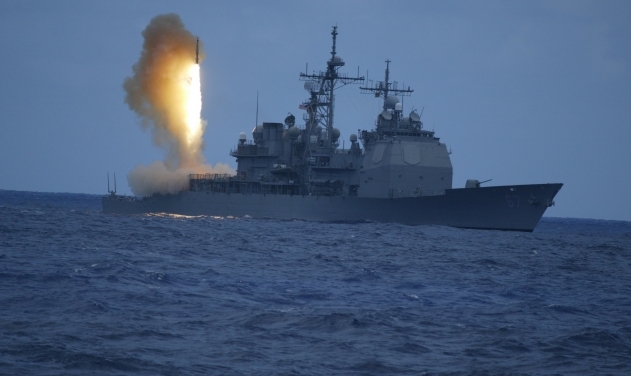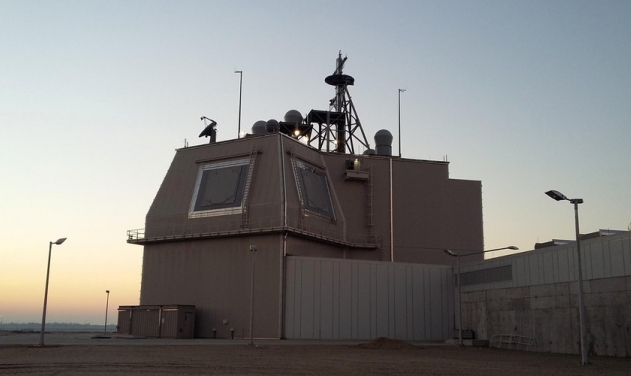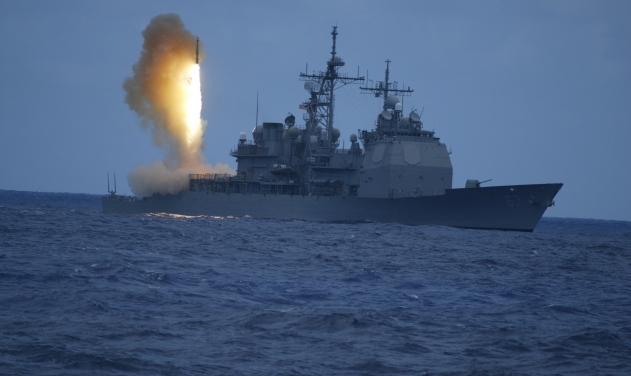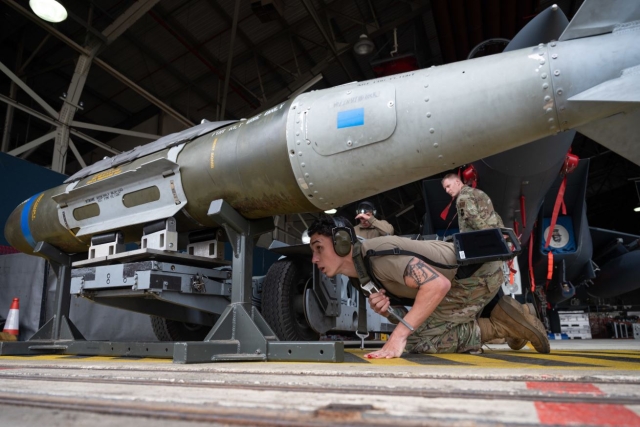Japan’s Deployment of Aegis Ashore Missile Defense System Is Behind Schedule
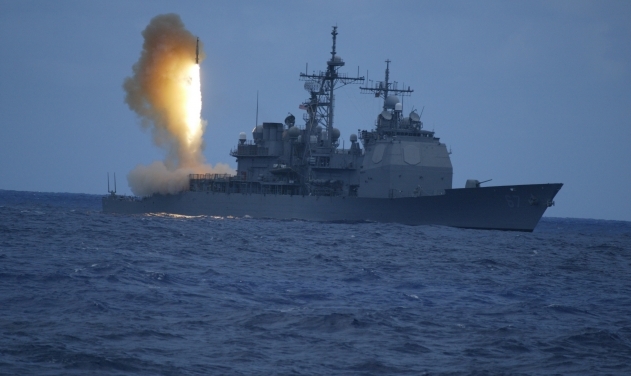
Japan is expected to deploy one of the new US-developed land-based missile defense systems by 2023, a year behind Tokyo's planned schedule, Defense Minister Itsunori Onodera said Monday.
For the deployment of the first battery, the U.S. side has said about six years are needed after "concluding a contract" with Japan, the minister was quoted as saying by Mainichi Japan. Onodera said that the ministry is expected to call on Washington to cooperate for its earlier introduction.
The minister told the two defense systems, including Lockheed Martin Corp.'s cutting-edge SSR radar, will cost 268 billion yen ($2.4 billion).
Onodera said the systems are vital for Japan's security as "the threat from North Korea is unchanged". "We are not aware of any moves leading North Korea to abandon nuclear weapons and missiles," Onodera said.
The government is considering two Ground Self-Defense Force training areas — in Akita and Yamaguchi prefectures — as candidate sites to install the system. It had sought to complete the first deployment in fiscal 2023. Officials say the two batteries will be able to cover the entire Japanese archipelago.
Japan decided to introduce the ground-based missile defense systems at a Cabinet meeting in December after North Korea test-fired around 20 ballistic missiles in 2017, two of which flew over Japanese territory.
Meanwhile, the report stated that despite lingering concerns over North Korea, units of the Air Self-Defense Force in charge of operating Patriot Advanced Capability-3 missile interceptors in western Japan and Hokkaido will be withdrawn.
The PAC-3 anti-missile units have been deployed along the path that a North Korea ballistic missile would travel if Pyongyang were to follow through on its threat last year to attack the U.S. Pacific territory of Guam.
The decision follows diminishing tensions after the summit between U.S. President Donald Trump and North Korean leader Kim Jong Un in mid-June in Singapore.
Onodera told reporters it is necessary to conduct repairs and maintenance on the units because a year has passed since they were deployed in the field.
The alert level of Japan’s Aegis warships equipped with Standard Missile-3 interceptors has already been lowered. The Maritime Self-Defense Force is no longer keeping them on station in the Sea of Japan on a constant basis, but Defense Ministry officials say they are still prepared get underway within about 24 hours if signs of a possible missile launch are detected.
